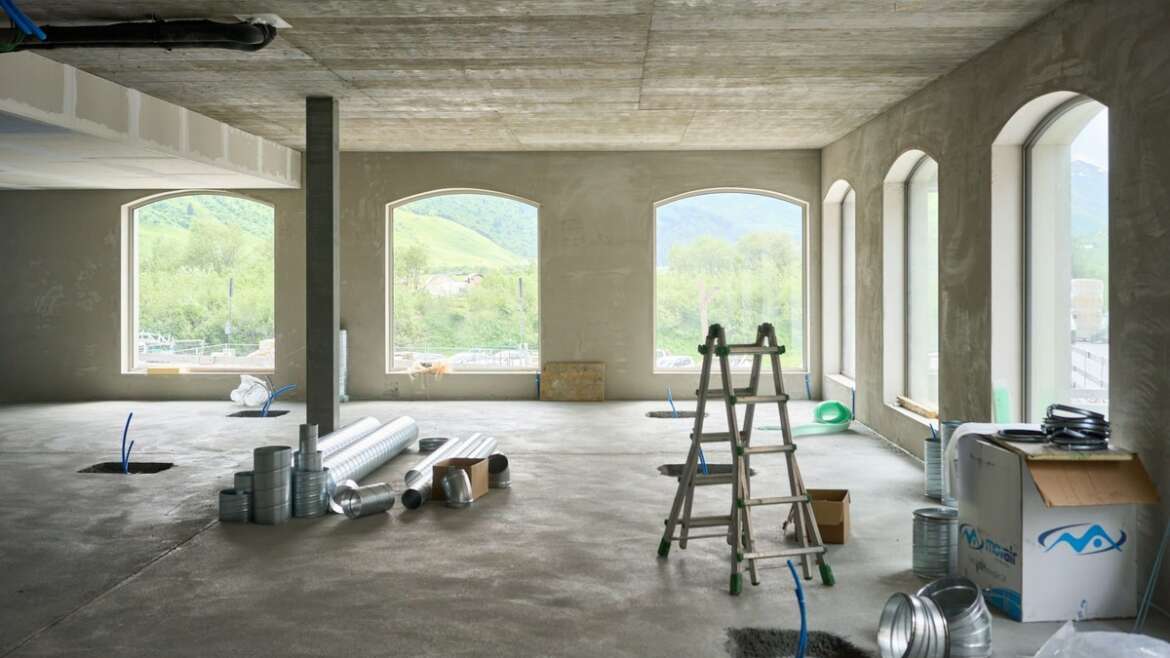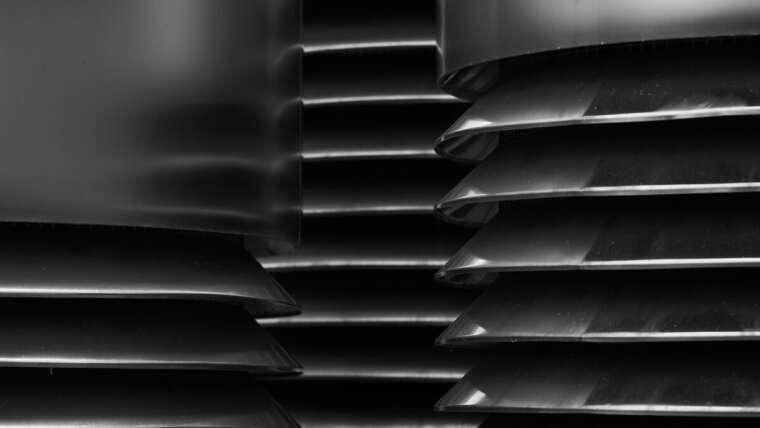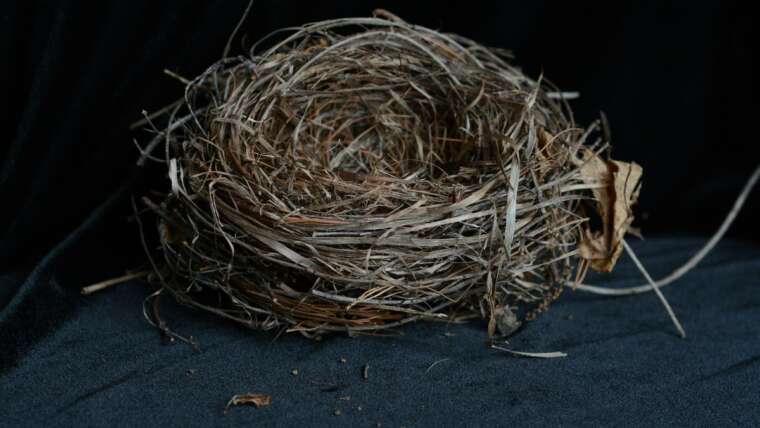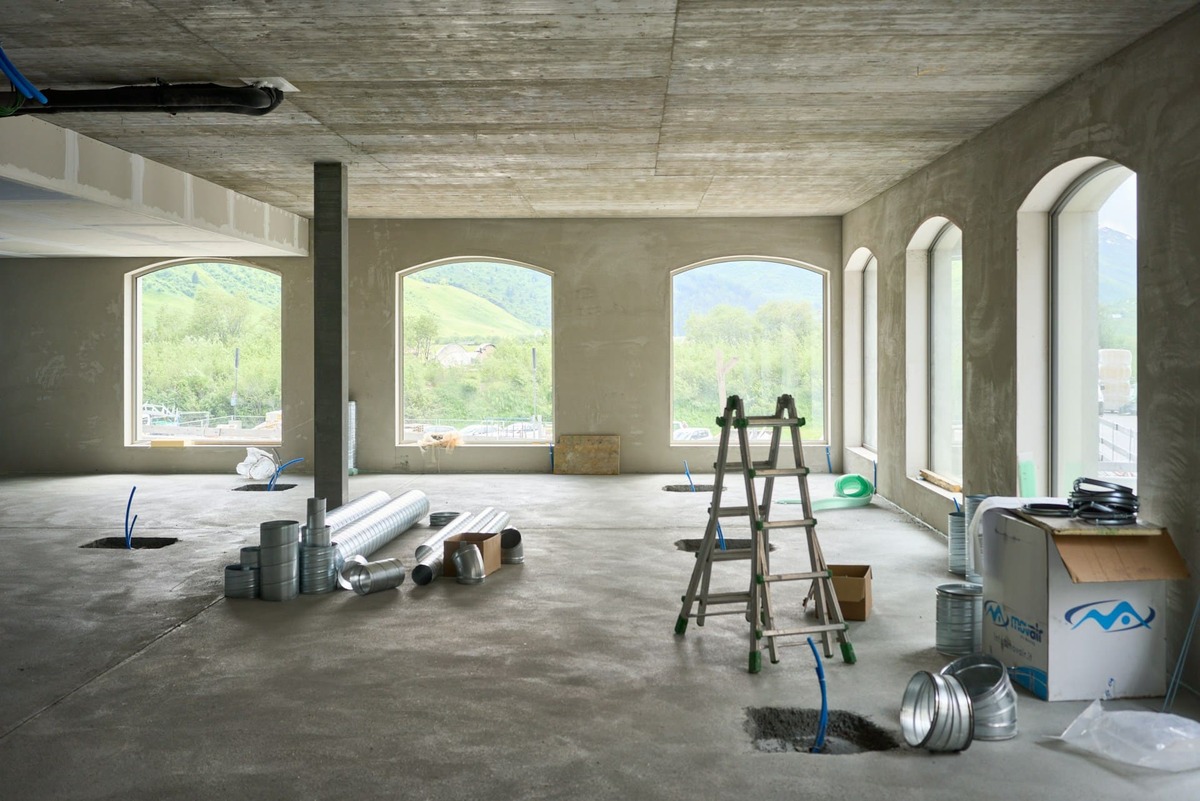
Home renovations are exciting, but they can wreak havoc on your HVAC system. Dust, debris, and construction materials can clog air filters, infiltrate ductwork, and even damage sensitive components. Without proper precautions, your system may suffer reduced efficiency, poor indoor air quality, or costly repairs.
To avoid these issues, you need a plan for HVAC protection during construction. Here’s how to keep your heating and cooling system safe throughout the renovation process.
1. Turn Off the HVAC System When Necessary
Running your HVAC system during construction can pull dust and debris directly into the ductwork. When major demolition or drywall work is happening, it’s best to turn off the system to prevent contamination.
If shutting down your HVAC isn’t an option, consider installing temporary air filtration systems or using HVAC air filter replacement more frequently to trap airborne particles.
2. Seal Off Vents and Duct Openings
One of the most effective ways to protect HVAC during renovations is to seal off vents and duct openings. Dust and debris can easily settle inside the ductwork, leading to long-term air quality issues and inefficiencies.
How to Properly Seal Vents:
✔ Use plastic sheeting and painter’s tape to cover supply and return vents.
✔ Ensure the covering is secure but allows for proper airflow when needed.
✔ Remove coverings once construction is complete and schedule a residential air duct cleaning to clear out any residual dust.
3. Contain the Construction Area
Minimizing dust spread is crucial for HVAC system protection during construction. Creating a dust containment plan can help keep airborne debris from infiltrating your home’s HVAC system.
Dust Control Measures:
- Use plastic barriers or zip walls to enclose the work area.
- Keep doors closed to prevent dust from traveling to other rooms.
- Use industrial-strength air scrubbers or negative air machines to capture airborne particles.
By taking these steps, you’ll reduce the amount of dust that can enter your system, helping maintain indoor air quality.
4. Change Air Filters Frequently
During renovations, your HVAC filters will trap significantly more dust and debris than usual. Check and replace them often—sometimes as frequently as once a week depending on the level of dust in the air.
Consider upgrading to high-efficiency particulate air (HEPA) filters for better filtration. Once renovations are complete, schedule an HVAC air filter replacement to ensure clean airflow.
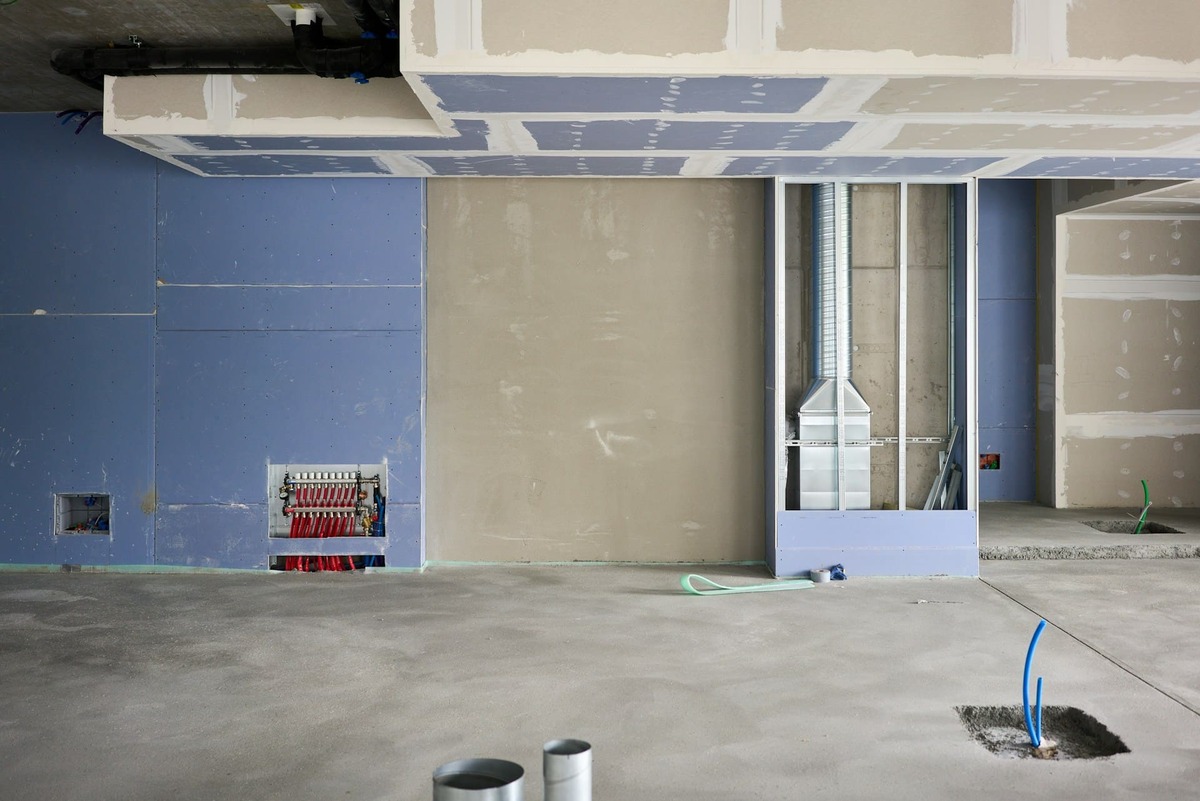
5. Clean the Work Area Daily
A clean job site reduces airborne dust and debris, making HVAC safety during remodeling much easier. Contractors should:
✔ Sweep and vacuum frequently using HEPA-filter vacuums.
✔ Remove dust and debris at the end of each workday.
✔ Avoid using leaf blowers or high-powered fans that stir up particles.
By maintaining a clean workspace, you’ll prevent excess dust from infiltrating your HVAC system and ductwork.
6. Schedule Professional Duct Cleaning After Renovations
No matter how careful you are, some dust and debris will inevitably enter your HVAC system. A post-renovation air duct cleaning ensures that lingering contaminants don’t affect indoor air quality or HVAC performance.
Benefits of Post-Renovation Air Duct Cleaning:
✔ Removes construction dust, drywall particles, and other debris.
✔ Improves indoor air quality and reduces allergens.
✔ Helps prevent mold and bacteria buildup inside ductwork.
In some cases, HVAC sanitizing may also be necessary to eliminate bacteria or mold spores that may have developed during the renovation process.
7. Protect Outdoor HVAC Units
If renovations involve exterior work, don’t forget about your outside condenser unit. Construction debris, sawdust, and dirt can clog the condenser coils, reducing system efficiency.
How to Protect Your Outdoor HVAC System:
- Cover the unit with a breathable tarp to prevent dust accumulation.
- Keep the surrounding area clear of debris.
- Schedule outside condenser cleaning once renovations are complete.
Taking these steps ensures that your HVAC system continues running smoothly without the risk of overheating or efficiency loss.
8. Consider Installing an HVAC UV Light
If you’re concerned about long-term air quality after renovations, consider investing in an HVAC UV light installation. These systems help kill bacteria, mold spores, and airborne contaminants, making your home’s air cleaner and healthier.
UV lights work alongside HVAC mold removal and other air quality solutions to keep your system free from harmful pathogens.
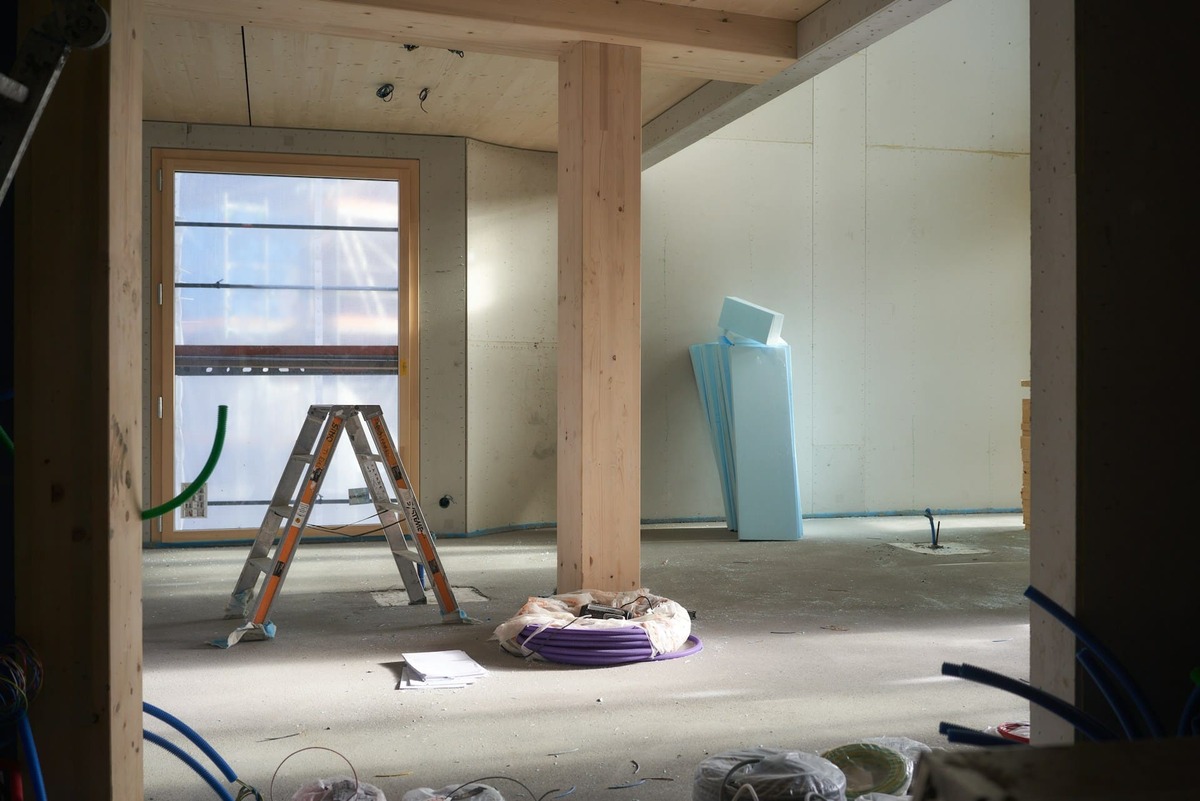
Final Thoughts: Keep Your HVAC System Safe During Renovations
Renovating your home is exciting, but it’s essential to take the right steps to safeguard your HVAC system during renovations. By turning off the system when necessary, sealing vents, containing dust, and scheduling air duct cleaning, you can ensure your system remains efficient and clean.
Once your renovation is complete, contact ProMaster Air Duct Cleaning for expert residential and commercial air duct cleaning to restore fresh, clean air in your home!
FAQs
1. Why should I turn off my HVAC system during construction?
Running your HVAC system during renovations can pull dust and debris into the ductwork, leading to clogged filters, poor air quality, and potential system damage.
2. How do I prevent dust from getting into my HVAC system?
Seal off vents with plastic sheeting, use dust barriers, clean the workspace daily, and replace air filters frequently.
3. How often should I change my HVAC filter during renovations?
Check and replace air filters at least once a week during construction to prevent clogs and maintain air quality.
4. Is post-renovation air duct cleaning necessary?
Yes! Even with precautions, dust and debris can enter your ductwork. A professional air duct cleaning removes contaminants, ensuring cleaner air and better system efficiency.
5. How can I improve air quality after renovations?
Schedule HVAC sanitizing, use HEPA filters, install an HVAC UV light, and keep the system well-maintained with regular cleanings.
